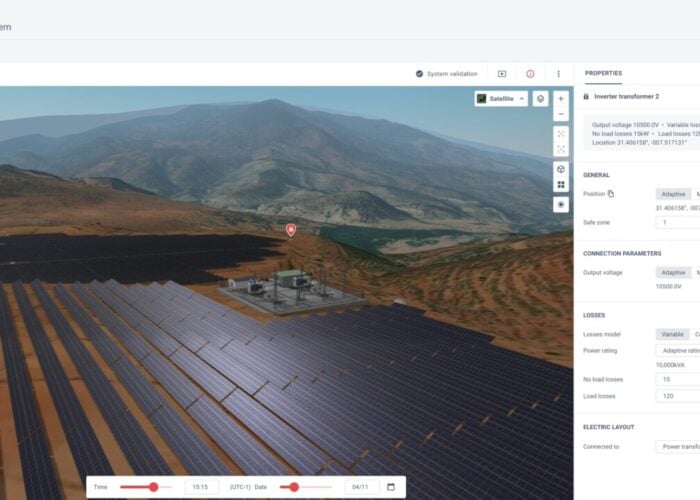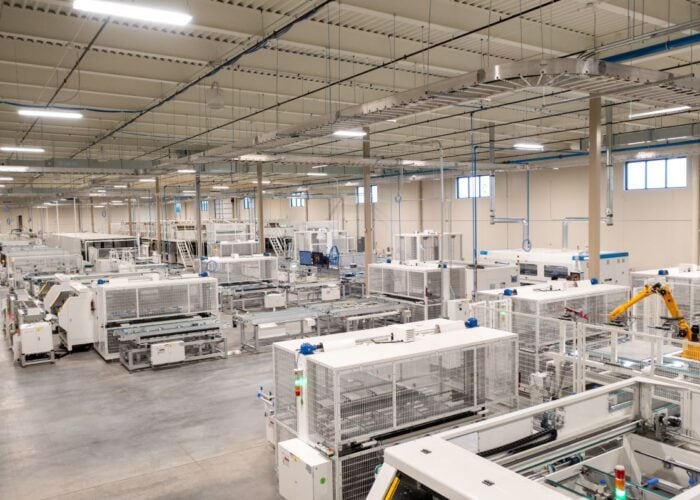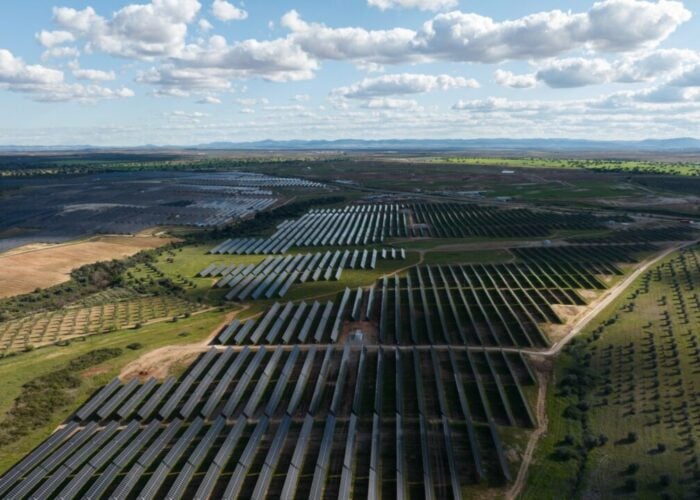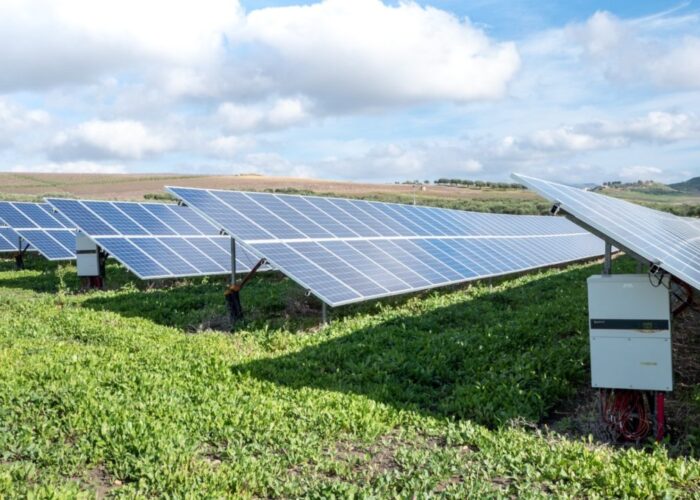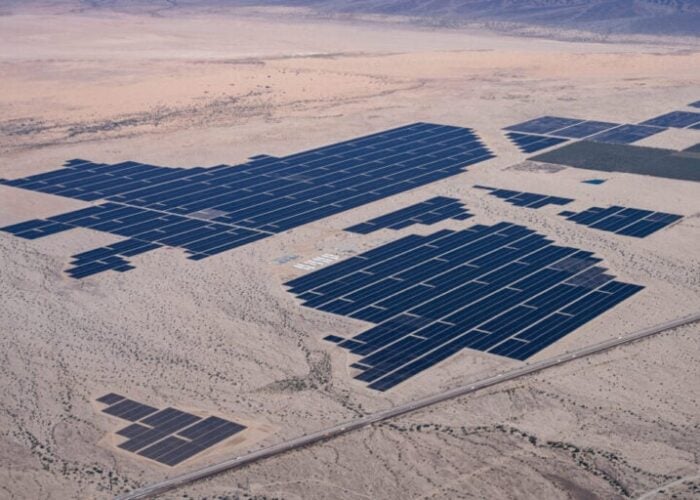Collaboration between Manz Automation AG and Basler AG has led to Manz claiming that it has developed the fastest cell testers for crystalline silicon solar cells at more than 2,400 solar cells per hour. In an exclusive deal Manz has integrated Basler’s electroluminescence measurement technology into its testing platform, which is fully automated.
“Integrating this solution allows microscopic cracks in solar cells to be reliably detected, thus reducing breakage rates,” commented Volker Biemann, Basler AG’s Product Manager for solar inspection solutions. “Experiments to date have shown that in addition to the microscopic cracks, which are relevant for breakages, other defects can also by easily recognized with the help of the images.”
Unlock unlimited access for 12 whole months of distinctive global analysis
Photovoltaics International is now included.
- Regular insight and analysis of the industry’s biggest developments
- In-depth interviews with the industry’s leading figures
- Unlimited digital access to the PV Tech Power journal catalogue
- Unlimited digital access to the Photovoltaics International journal catalogue
- Access to more than 1,000 technical papers
- Discounts on Solar Media’s portfolio of events, in-person and virtual
“Increasing the performance of our backend lines means we are taking another step towards grid parity,” said Dieter Manz, Manz Automation’s CEO. “This will help us to enable our customers to cut costs and to boost the efficiency of solar modules. This cooperation is another building block to set standards as well in future with our equipment, allowing us to offer the world’s leading high-tech machines in the photovoltaic sector. The Manz cell tester is now not only the fastest machine on the market, but also the machine with the most comprehensive testing technology.”
Basler said that it had been able to optimize the measurement process so that it can be used for the inline production of crystalline silicon solar cells. This method applies an electrical current to the solar cell. As a result of the thereby generated current, the solar cell emits a weak luminescence. This ‘light’ can be recorded and evaluated by using ultra-sensitive optical measuring systems.

